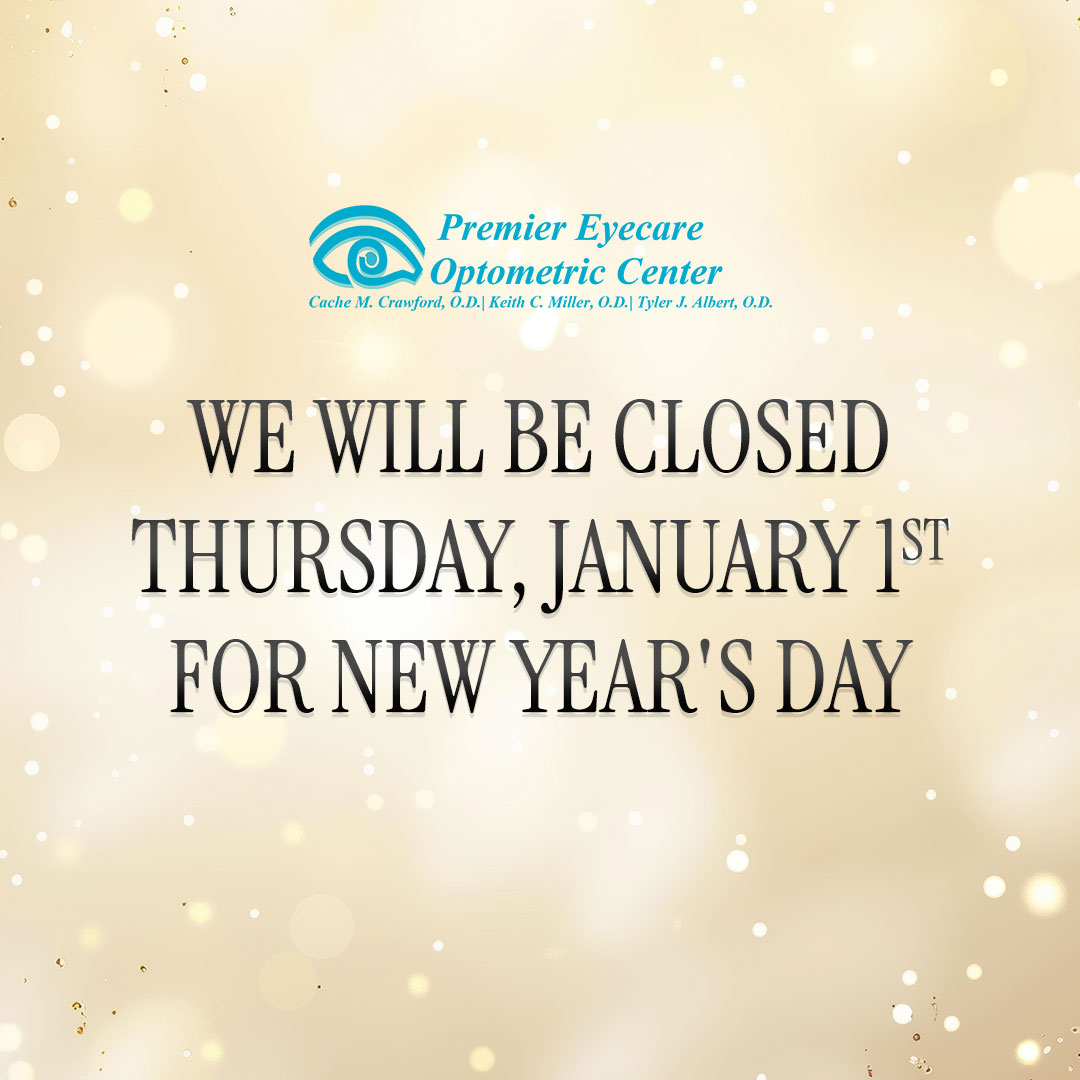
Did you know that myopia is a growing health crisis? The American Optometric Association defines myopia as a vision problem that causes clear near vision and blurred distance vision in individuals across many communities around the world. Research shows that about 30% of the U.S. population has nearsightedness. The exact cause is still unknown, but there is significant evidence that it is passed on through the genes. Understanding myopia can help you get the solutions that you need and even prevent the condition from worsening. Here are some essential facts to know about myopia:
Long-Term Risks
Clinical research shows that patients with myopia have a higher risk of developing a detached retina. Nearsightedness may lead to the separation of the back lining of your eye from your eye wall. A detached retina can cause blindness. That is why individuals with myopia must have regular eye checks. If you cooperate with your optometrist, you can lower your risk for serious eye conditions.
Diagnosing Myopia
A comprehensive eye exam may lead to a myopia diagnosis. An optometrist will use a phoropter on patients who can read from an eye chart. This instrument can diagnose myopia and measure the proper prescription for glasses. A retinoscope is for patients too young to read from an eye chart. This instrument will tell you where the light is going inside the eye. The provider will then be able to measure the prescription glasses for the child.
The Causes and Risk Factors
Your cornea and lens are the two main light-focusing parts of your eye. Light has to pass through these structures so that you can see. They bend the light to concentrate it on the retina at the back part of your eye. The nerves in the retina deliver an understandable version of light to the brain. This process enables you to see different images clearly.
Refractive errors result in an improper concentration of light that passes through the eye. Research reveals that the elongation of the eye causes myopia. The normal shape of an eye is round. An elongated or oval eye makes the cornea very steep. These physical changes focus light in front of your retina, which delivers blurry images to the brain.
You become at risk for myopia because of specific factors. Nearsightedness can run in your family, so you have a higher risk of developing this eye condition if your parents have it. Aside from genetics, other factors increase your risk of developing this eye condition. Using computers or digital devices, as well as reading, for many hours each day may also lead to myopia. Studies reveal that a lack of outdoor time can also make you more vulnerable to myopia.
Knowing more about myopia can help you get the early treatments you need. At Premier Eyecare Optometric Center, we give our patients high-quality eye care products and services. You can visit our center in Bakersfield, California, for in-person consultations. Please call 661-588-8222 to set up an appointment or ask about our myopia treatment packages.






